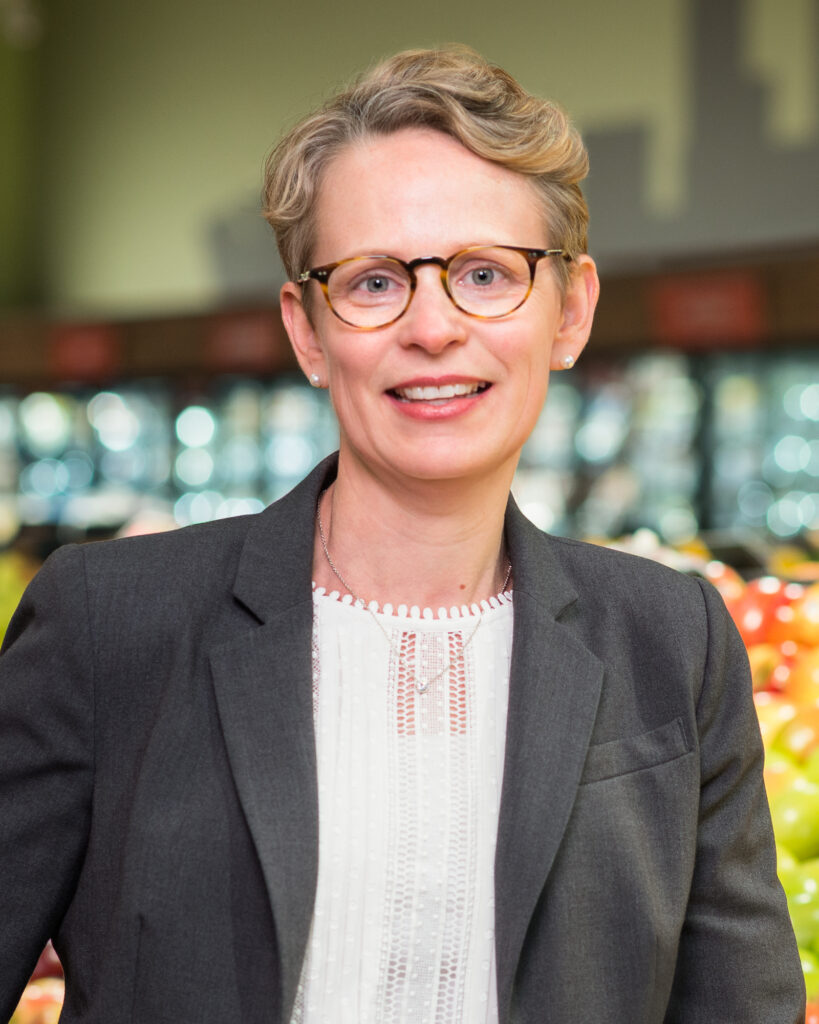Researchers examine food systems in Cleveland’s Buckeye-Shaker, Buckeye-Woodhill and Central neighborhoods
Although Cleveland is among the nation’s largest cities for urban agriculture and has one of the oldest food policy coalitions, many Clevelanders struggle to access healthy food items like fresh produce. But a team of Case Western Reserve University researchers and two dozen community partners are examining the disconnect—and how low-income neighborhoods in Northeast Ohio can gain better access to nutritious, affordable food.
The study, completed through the Swetland Center for Environmental Health at Case Western Reserve University School of Medicine, examines what is known as “food insecurity,” or a lack of available food resources. Residents experiencing food insecurity may not know where their next meal is coming from or have the financial resources to buy adequate food.
The research, published recently in The American Journal of Clinical Nutrition, marks the culmination of a three-year project. The project combined Case Western Reserve scholars with community researchers, leaders and activists who provide perspectives that help inform their collaborative research.
The study focused on neighborhoods with a predominantly Black population, including Cleveland’s Buckeye-Shaker, Buckeye-Woodhill and Central neighborhoods. These areas have fewer stores selling fresh and healthy foods and higher rates of food insecurity.
“These neighborhoods are historically redlined. We live in it. We see it every day,” said Michelle B. Jackson, a community researcher at the Swetland Center.
Researchers conducted community workshops to gather data from residents, elected officials, food retailers and partner organizations including the Greater Cleveland Food Bank. One-on-one interviews were also conducted with residents while researchers contributed data from their own personal experiences with food systems.
These diverse perspectives informed the development of systems models illuminating “feedback mechanisms” that identify the root causes of food insecurity and its effects.

“This work has given us language to talk about food system complexity in a way that helps you see targets to tip the food system to fairness,” said Darcy Freedman, Swetland Professor of Environmental Health Sciences at the School of Medicine. “We were able to open the black box of food system inequities by learning together.”
For example, construction of a new community garden will not only provide another resource for fresh vegetables and fruits but may also have an unintended ripple effect on property values and housing availability. Other external factors affecting the feedback systems include neighborhood crises, such as incarceration, policing and addiction; household costs like childcare and housing; government benefit funding; neighborhood investments; and voter participation.
The team identified nutrition equity as a new goal to guide local food systems in historically segregated neighborhoods. Nutrition equity is a state of having freedom, agency and dignity in food traditions that will support the holistic health of communities. Researchers found that for a community’s food system to be nutritionally equitable, three key factors must be present: economic opportunity, food security and fair access to fresh and healthy foods.
The food system models developed as part of this study provide decision support tools to evaluate food systems and their impact on emergency food distribution, food retail, public health outcomes and more.
The study builds on prior research conducted during the university’s Future of Food in Your Neighborhood Study (foodNEST) which focused on the health, diet and shopping habits of residents in Cleveland and Columbus.
This article was originally published Jan. 7, 2022.


